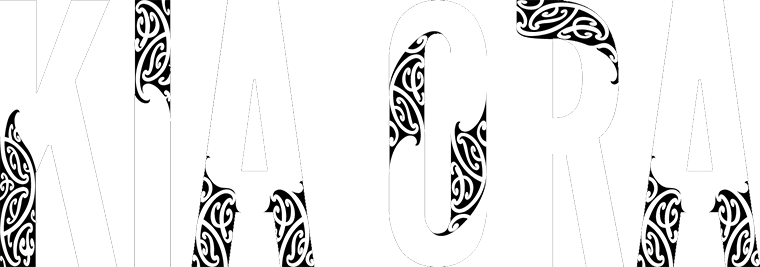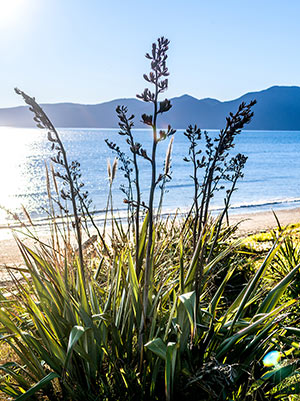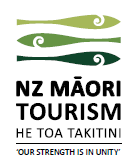What is Te Pa Harakeke?
Te Pa Harakeke is a gift from us, NZ Maori Tourism, and Aotearoa New Zealand as a whole, to the iwi taketake tourism operators and organisations of the world.
It is a resource for the sharing of stories, information, and best practice examples. It will present the findings of the 2018 World Indigenous Tourism Summit (WITS) workshops that took place in Waitangi, Aotearoa New Zealand, using an interactive infographic. This infographic will reveal explanatory text for the eight traits identified during these workshops as essential to business success in indigenous tourism.
What does ‘iwi taketake’ mean?
NZ Maori Tourism recognises that not all of us self-identify as indigenous. Some of us call ourselves First Nation peoples, aboriginal, native, or something simply not captured by a language we all know. What we have in common is that we are the original people of the lands we are from. In order to encompass all of these identities, we have chosen to refer to our distinct and dynamic community of global tourism whanau (family) as iwi taketake.
The term, iwi taketake comes from te reo Maori, the language of the original people of Aotearoa New Zealand. As you will all know, words and concepts lose something when they are translated from their origin language into a new one.
But simply put, iwi means tribe or nation, the members of which are bound by whakapapa (familial connection/blood ties).
Taketake means original, ancient, indigenous, aboriginal, and lasting.
Together, it includes all of us, the descendants of the original people of our lands across the world.
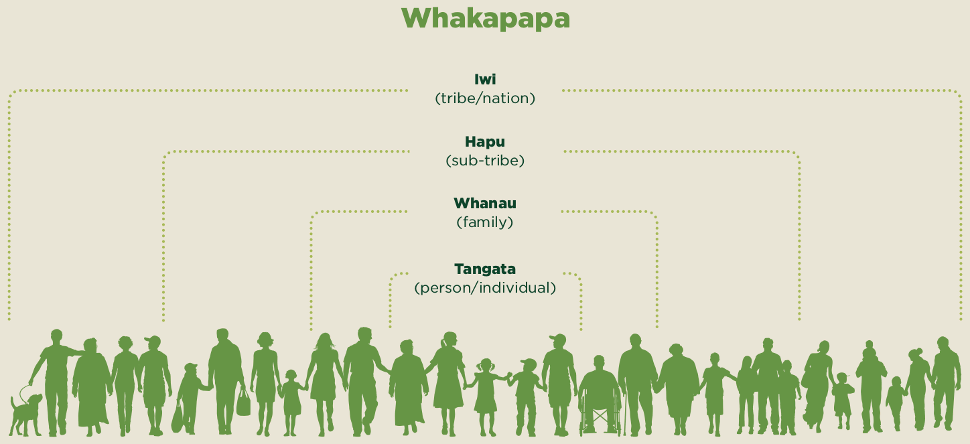
What does pa harakeke mean?
Harakeke (flax) is a native plant of Aotearoa New Zealand. The flax bush or flax plantation made up of many flax bushes is known as the ‘pa harakeke’.
What is its significance?
NZ Maori Tourism has chosen the symbol of pa harakeke to present the WITS findings because:
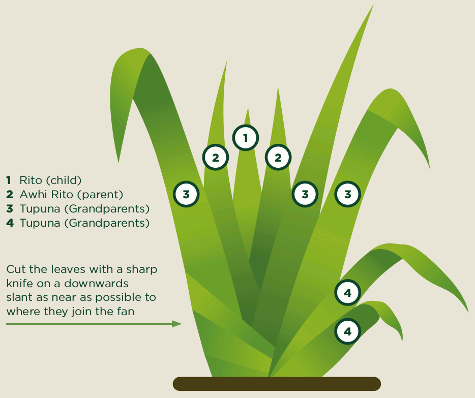
It symbolises family
In Maori culture, the pa harakeke is a metaphor for family or whanau:
- ‘Te rito o te harakeke’ is the centre shoot or growing point, likened to a child.
- The two shoots immediately either side of the rito are its ‘parents’ or ‘awhi rito’.
- The outer shoots are the ‘tipuna’ or ‘grandparents’.
The pa harakeke is multi-generational, with the younger, newer harakeke growing from the centre, surrounded and protected by older, more experienced generations. This resonates with our wide-ranging iwi taketake in different ways.
For example, our Aboriginal neighbours are the oldest living culture in the world, Maori by comparison are very young. However, our Maori tourism industry has been able to mature and lead more quickly than some of our other iwi taketake, who are newer in their cultural tourism journey.
It’s about cultural practices and environmental sustainability
When cultivating harakeke, there are many practices we, as Maori, abide by:
- When you’re cutting and harvesting, you take the older, fully grown harakeke from the outside of the bush (the grandparents/tipuna), so that the younger ones in the centre have a chance to mature.
- When you cut, you do so diagonally down and inwards so that the rain has a path to feed into the centre of the plant and feed the younger shoots, ensuring that the pa continues to thrive.
- When you are finished with your weaving, or whatever you need the harakeke for, you collect the leftover bits, tie it together, and return it to the pa harakeke you got it from.
Keeping cultural traditions and customs alive and ensuring environmental sustainability are at the heart of these measures, but also at the centre of how the iwi taketake represented at WITS run out tourism businesses across the world.
It’s a resource that feeds culture
Harakeke is primarily used for raranga or weaving and is used to create things like baskets, mats, clothes, and art. The link to WITS can be seen here as the different strands of our iwi taketake experiences are woven together to create beautiful, strong, and practical pieces of history and culture.
This Pa Harakeke tool is about acquiring knowledge to inform and enrich iwi taketake tourism businesses, experiences, and practices. With harakeke, you can weave:
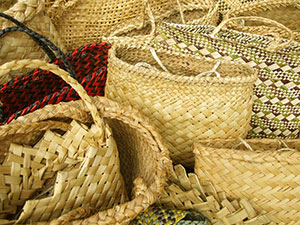 Kete, which Maori use as bags and storage for food, and metaphorically, for knowledge. Access to the rich conversations had throughout WITS means iwi taketake participants can take what they need.
Kete, which Maori use as bags and storage for food, and metaphorically, for knowledge. Access to the rich conversations had throughout WITS means iwi taketake participants can take what they need. Wahakura, which Maori use as a bed or cot for our babies. With this Pa Harakeke tool, WITS participants are able to strengthen their tourism practices to provide their future generations with security and comfort, both economically and culturally.
Wahakura, which Maori use as a bed or cot for our babies. With this Pa Harakeke tool, WITS participants are able to strengthen their tourism practices to provide their future generations with security and comfort, both economically and culturally.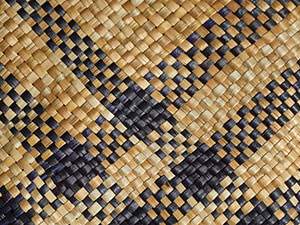 Whariki, which Maori use as mats but are also a strong symbol of connection or foundational knowledge. Information available through this resource can provide many of our WITS participants with a strong base to build their businesses and experiences from.
Whariki, which Maori use as mats but are also a strong symbol of connection or foundational knowledge. Information available through this resource can provide many of our WITS participants with a strong base to build their businesses and experiences from.

